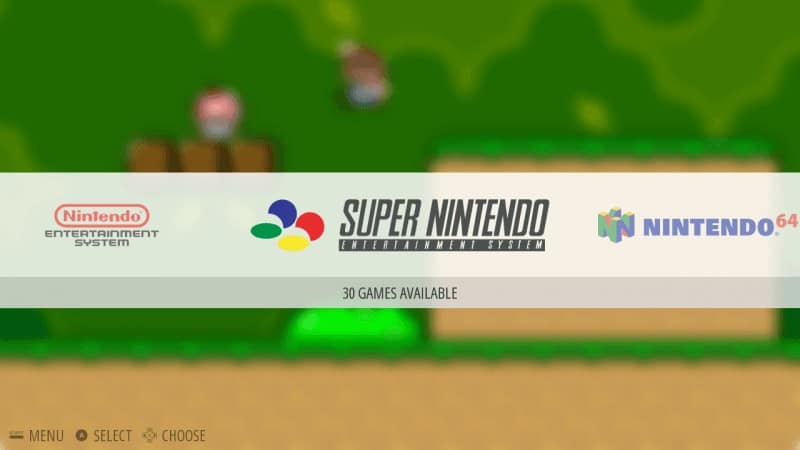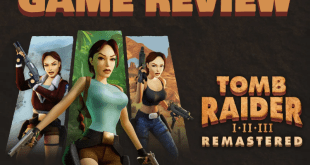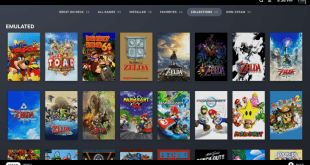There is a new Emulation Station in town. This one has a graphical and themeable emulator front-end that allows you to access all your favorite games in one place, without a keyboard. Just like hyper spin but a lot easier to setup. Here is a quick video of it in action.
HOW TO GET IT:
The easiest way to get started is to install the new RetroPie image, created just for this release! If you don’t want to use RetroPie, there are also instructions for compiling on a fresh Raspbian install.
If you want to try it out on a desktop before setting up your Pi, there is also a Windows installer and 64-bit Debian package that install pre-compiled binaries and a default set of themes available on the website! You’ll have to configure ES yourself, though.
Expect bugs! We are literally just two people, a single person doing programming and a single person doing QA. When they happen, post them to GitHub (but make sure you’re not making a duplicate issue! Check closed issues too!).
Note: the “version 2.0” code is currently in the “unstable” branch of the git repository. Once things are working fine, it will be merged into the master branch.
For more pictures, check out the new EmulationStation website!
Check out the new EmulationStation blog! An article about how the UI changed during those ten months is coming soon (with pictures!).
The RetroPie blog will have a post about the updates to the RetroPie Setup script soon.
Feedback is welcome, feel free to post it here!
Have fun!
New features:
- A built-in, graphical scraper system. No more using an external Python script.
- Automatically download full names, box art, descriptions, release dates, and optionally ratings.
- You can scrape several systems at once, or just individual games.
- A built-in, graphical metadata editor. No more editing XML files by hand.
- Press the “Select” button in the game list and choose “EDIT THIS GAME’S METADATA” to open it.
- You can scrape metadata from the editor, too.
- The old theming system has been completely replaced. The new system is more flexible, but still simple, and much more consistent.
A new “System Select” screen, featuring the logos for all your systems in a carousel. Themable, of course.- There’s an <include> tag now! No more defining fonts/sounds by hand across 30 systems!
- Textlists support left, center, and right alignments, as well as horizontal margins. You can also control line spacing.
- Images can now be in SVG format (vector graphics), so they look good at any resolution.
- You can now add static text wherever you want.
- Themes are now distributed as sets. You can change the current set within EmulationStation itself, without even restarting the program.
- Read THEMES.md for examples and more information!
- A new set of themes done by Nils, for every platform RetroPie supports and more! Each system has a beautiful vector logo!
- The old menu (when you press “start”) has been completely redone, in both functionality and style. Along with pretty much every piece of UI.
- The input configuration system has been revamped. In addition to looking much nicer, it is now easy to add new controllers after the initial configuration: just select “CONFIGURE INPUT” from the main menu.
- An on-screen help system, that shows what buttons do what things.
- A built-in settings menu that lets you change:
When scrolling in really long game lists, after a few seconds, the screen will dim and display the first 2 letters of where the cursor is, Steam Big Picture style.- The screensaver timeout
- The screensaver behavior (dim vs. completely black screen)
- Toggle framerate display
- Toggle on-screen help display
- Toggle left/right changing the system in the game list view (forcing you to use the new system select carousel); useful for those with analog sticks.
- The screen transition style (“fade” or “slide”)
- The current theme set
- The global system volume (on the Operating System level)
- Gamelist.xmls now support relative paths, so it should be possible to transfer them between computers and make portable installations.
- EmulationStation no longer closes immediately if you launch it without es_systems.cfg set up properly. It now shows an in-program message box explaining the error.
- Upgraded from SDL1.2 to SDL2 with the Raspberry Pi video driver. No more “white dot” when ES is starting.
- es_systems.cfg is now in XML, to be consistent with every other configuration file.
- An actual website: http://www.emulationstation.org. Huge thanks to Nils for design suggestions/tweaks, as usual. It includes a detailed “Getting Started” page.
- Much more!
.
.
Source: http://www.emulationstation.org and
for more information, downloads, and a Getting Started guide
 Hackinformer Your device needs to transform, we are here to inform
Hackinformer Your device needs to transform, we are here to inform






